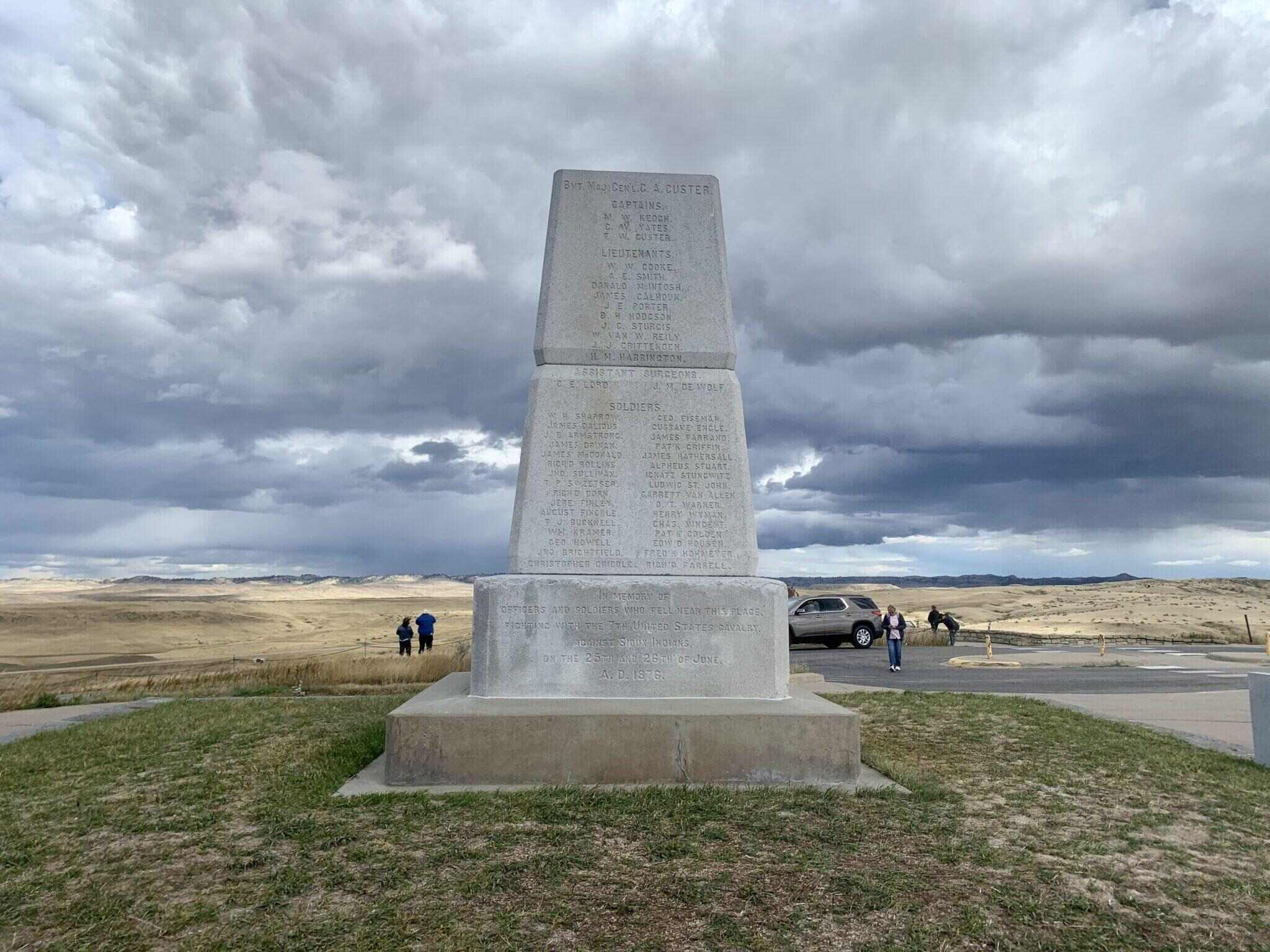Montana’s Little Bighorn Battlefield: Custer’s Last Stand

Little Bighorn Battlefield National Monument in Montana is a place where history comes alive. This site marks the location of the famous battle known as Custer's Last Stand, which took place in 1876. Here, the U.S. Army's 7th Cavalry, led by Lieutenant Colonel George Armstrong Custer, faced off against the combined forces of the Lakota Sioux, Northern Cheyenne, and Arapaho tribes. The battle was a significant moment in the Great Sioux War, highlighting the struggle between Native American tribes and the U.S. government. Visitors can walk the grounds, see the memorials, and imagine the intense conflict that occurred on these plains. The monument offers a chance to learn about the bravery and tactics of both sides, making it a must-visit for history buffs and anyone interested in understanding the complex past of the American West.
Discovering Little Bighorn Battlefield National Monument
Little Bighorn Battlefield National Monument in Montana is a place where history comes alive. Known for Custer's Last Stand, this site offers a glimpse into a pivotal moment in American history. Let's explore some key spots within this historic area.
Custer National Cemetery
- Custer National Cemetery is a solemn place where many soldiers and civilians rest. Walking through the rows of headstones, you can feel the weight of history. It's a reminder of the sacrifices made during the Battle of Little Bighorn and other conflicts.
Last Stand Hill
- Last Stand Hill marks the spot where Custer and his men made their final stand. This hill offers a panoramic view of the battlefield, allowing visitors to imagine the intense moments of the battle. A memorial stands here, honoring those who fought and fell.
Indian Memorial
- Indian Memorial is a tribute to the Native American warriors who fought to protect their way of life. This circular structure features quotes and artwork that tell the story from the perspective of the Lakota, Cheyenne, and Arapaho tribes. It's a place of reflection and understanding.
Reno-Benteen Battlefield
- Reno-Benteen Battlefield is another significant site within the monument. This area highlights the actions of Major Reno and Captain Benteen during the battle. Interpretive signs and trails guide visitors through the events that unfolded here.
Visitor Center and Museum
- Visitor Center and Museum offers a wealth of information about the battle and its participants. Exhibits include artifacts, photographs, and interactive displays. It's a great starting point for anyone wanting to learn more about the history of Little Bighorn.
Deep Ravine Trail
- Deep Ravine Trail is a short walk that takes you through part of the battlefield. This trail provides a closer look at the terrain and gives insight into the challenges faced by both sides during the battle. It's a peaceful yet poignant walk through history.
Weir Point
- Weir Point offers another vantage point of the battlefield. Named after Lieutenant Weir, this spot provides a different perspective on the landscape and the battle's progression. It's a great place for reflection and photography.
7th Cavalry Memorial
- 7th Cavalry Memorial honors the soldiers of the 7th Cavalry who fought at Little Bighorn. This monument stands as a testament to their bravery and the complexities of the battle. It's a place to pay respects and ponder the events of that fateful day.
Reflecting on Little Bighorn Battlefield
Little Bighorn Battlefield National Monument offers more than just a history lesson. It stands as a symbol of the complex interactions between Native American tribes and the U.S. military. Walking through the battlefield, visitors can almost hear the echoes of the past, feeling the weight of the events that unfolded here. The monument serves as a reminder of the bravery and struggles faced by both sides.
For those interested in American history, this site provides a deeper understanding of the cultural and historical dynamics of the time. The memorials and markers scattered across the landscape tell stories of courage and conflict. Visiting this site is not just about seeing a place but about connecting with a pivotal moment in history. Whether you're a history buff or just curious, Little Bighorn offers a unique glimpse into the past, making it a must-visit destination.

